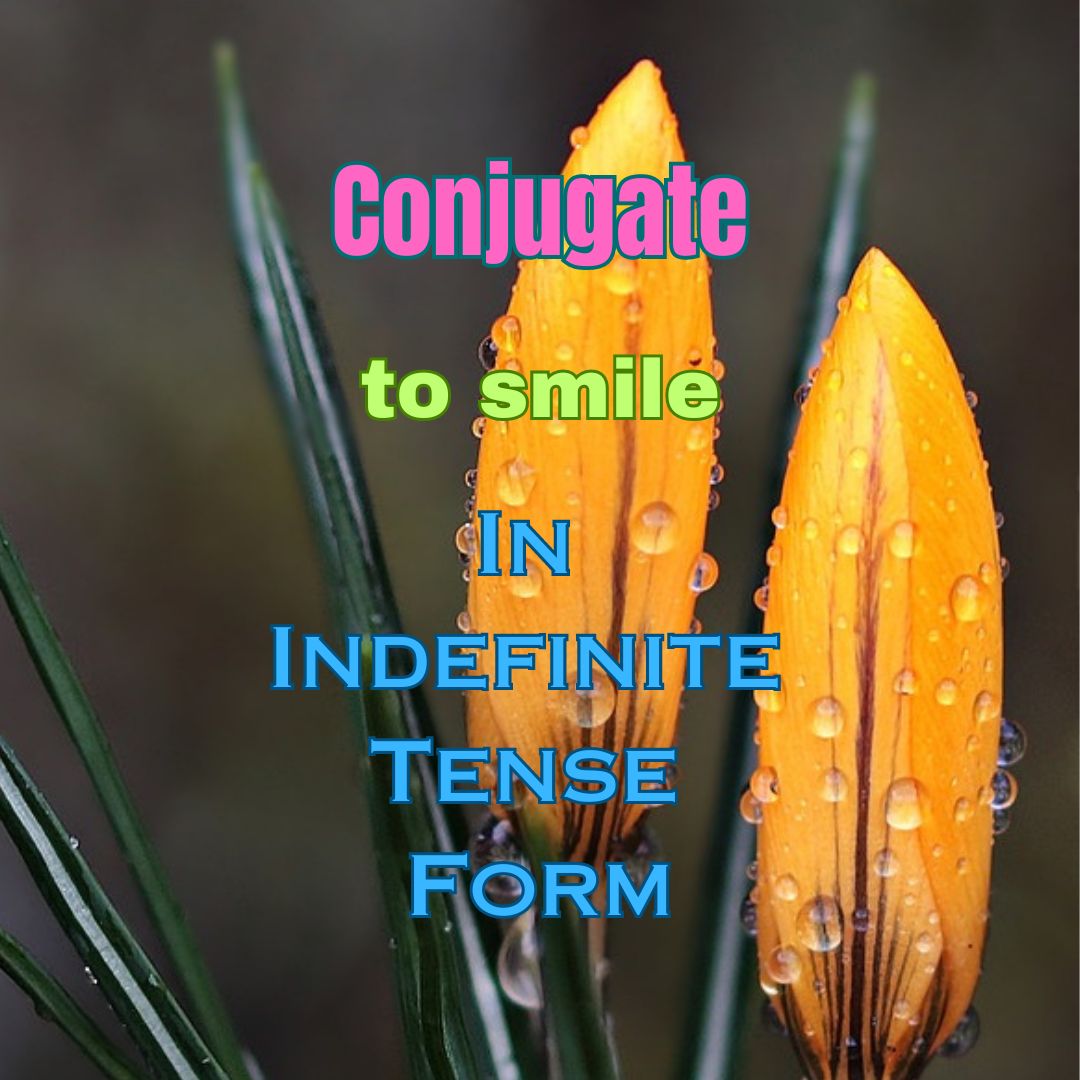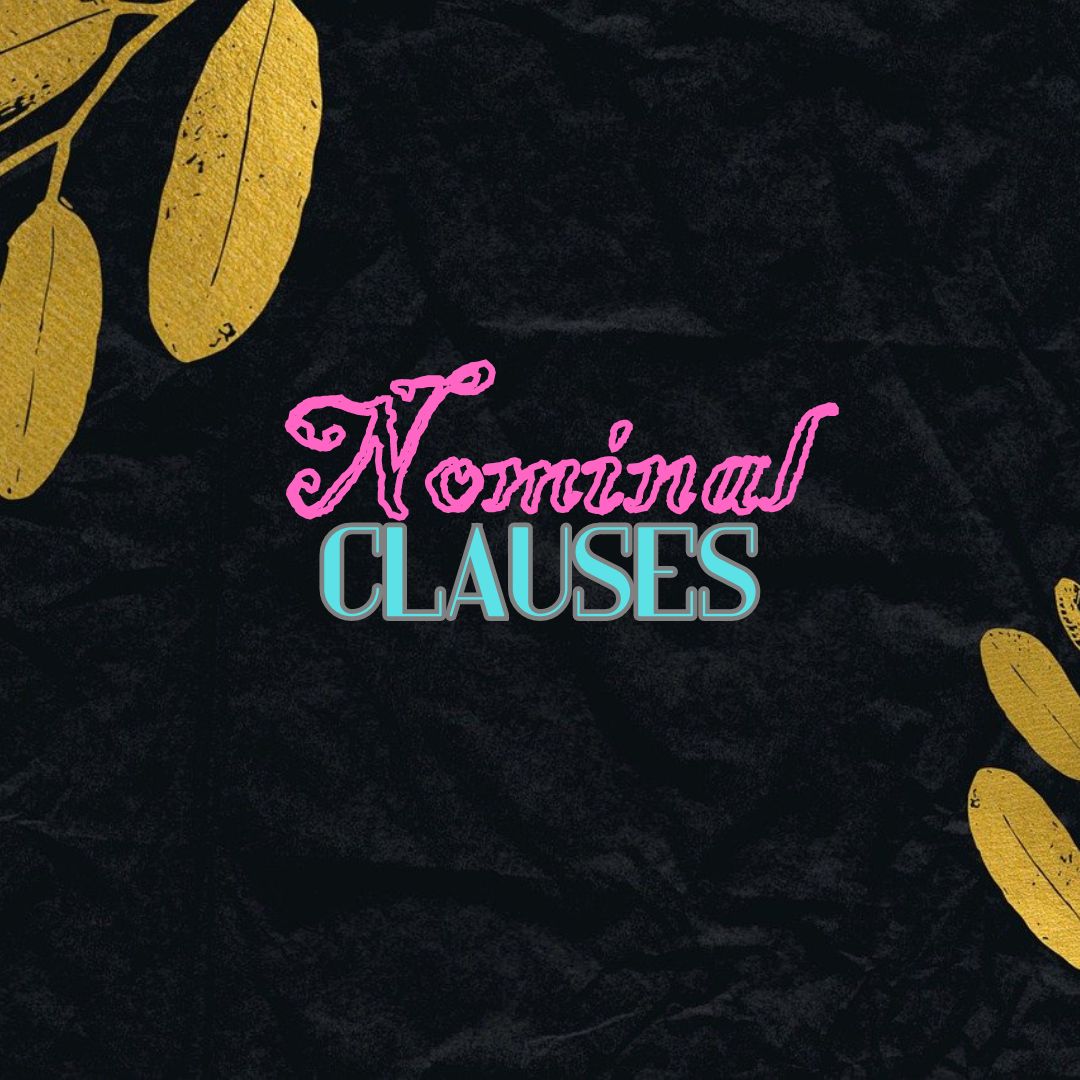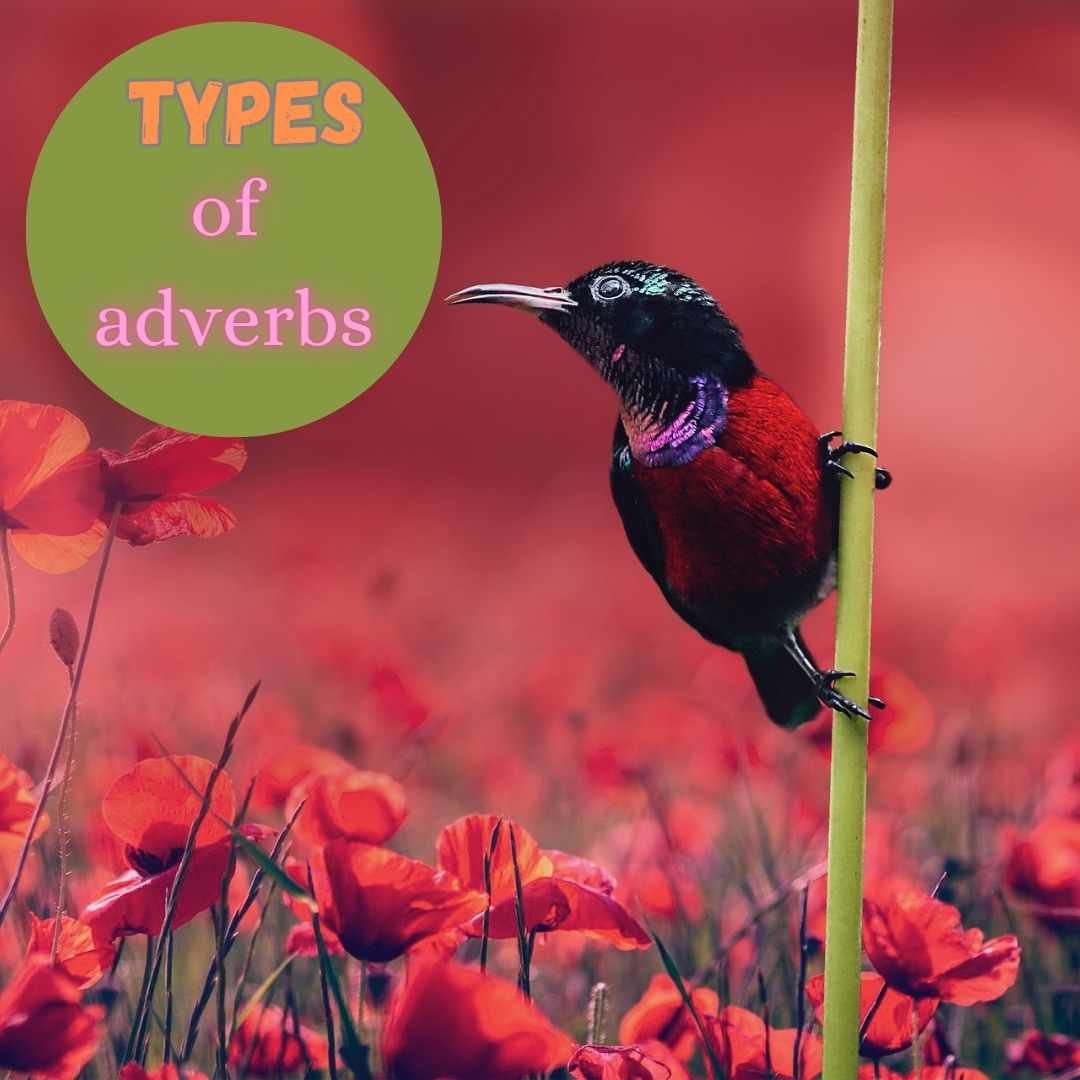Tag: forms

Conjugation of To Be in Continuous Tense
Here's the table with all forms of "to be" in Present Continuous, Past Continuous, Future Continuous, and Future in the Past Continuous Tense, in Indicative Mood, including affirmative, question, and negative forms, leaving the lines for Future and Future in the Past vacant:

Conjugation of to smile in Indefinite Tense Form/Passive
This table covers all forms of the verb “to smile” in the Indicative mood, the Passive voice, for the Indefinite group of tenses, including affirmative, question, and negative forms for all persons

Conjugation of “to smile” in Indefinite Tense Form
This table provides all forms of the verb “to smile” in the Indicative mood, the Active voice for the Indefinite group of tenses, covering affirmative, question, and negative forms across all persons

Nominal (Noun) Clauses
Subordinate clauses can be classified into three main forms based on their functions within a sentence: nominal clauses, relative clauses, and adverbial clauses.

The Categories of Adverbs
In linguistics, adverbs are words that modify or describe verbs, adjectives, or other adverbs, providing additional information about how, when, where, or to what extent an action or quality occurs. Adverbs can be classified into various categories, including simple adverbs and derivative adverbs.